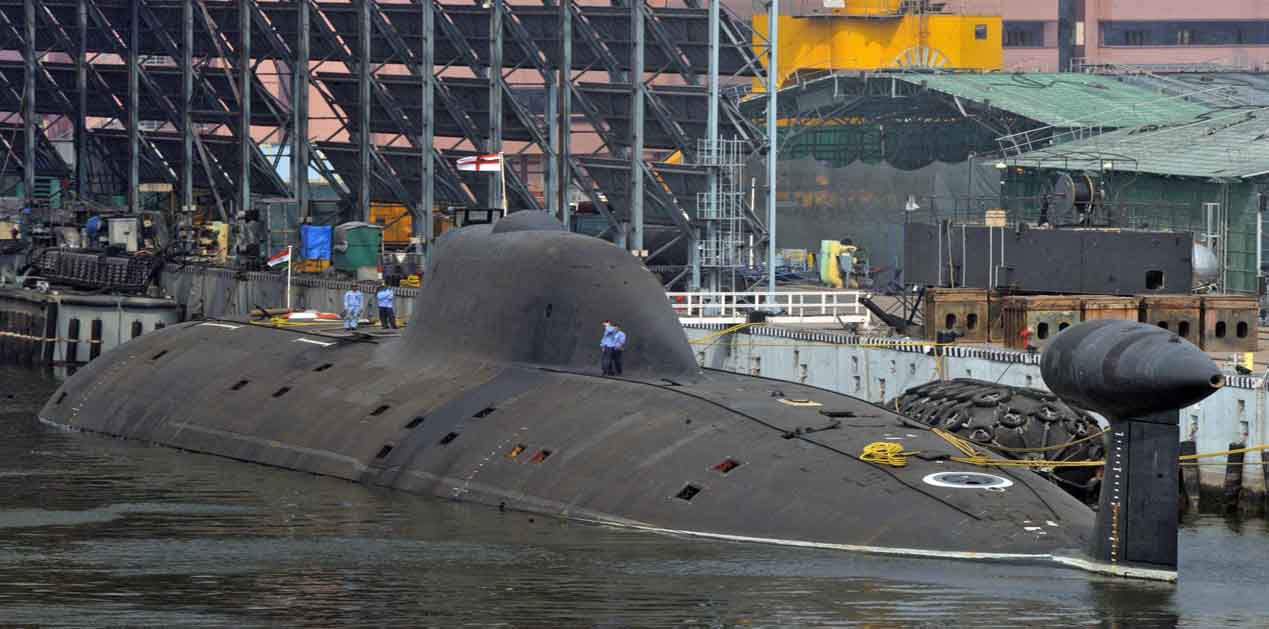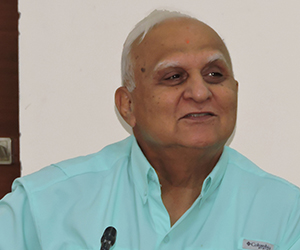The Programme
INS Arihant Ship Submersible Ballistic Nuclear (SSBN), which completed its ‘deterrence patrol’ recently and was commended by the Prime Minister, is a three decades old pursuit of a survivable, nuclear launch option. It owes its genesis in events of 1971 War that proved the efficacy of submarines as great deterrent to adversaries far exceeding one’s own defence capability.
After the peaceful nuclear tests of 1974, political leadership accorded a go ahead for feasibility studies. It brought together nuclear scientists of the Bhabha Atomic Research Centre (BARC), the weapon and system engineering experts of DRDO and the Navy as also its ship designers, to lay the foundation of a fruitful partnership that culminated in this successful programme. A robust programme management organisation and steering at the top most echelons of government (regardless of regime changes, sanctions or budget constraints) allowed the programme to operate under the radar for considerable period. When the cover of secrecy was lifted, the programme was well on its way to realisation. In a country that swears by ‘no first use’ nuclear doctrine, it could not have come a day sooner.
What they got Right
The programme got quite a few things right e.g.:-
- Top leadership support that made for continuous funds flow;
- Bringing together departments of defence and its entities, atomic energy, Public and Private Sector in a robust three tier programme management organisation that allowed for smooth co-ordination, pooling of resources and results orientation without undue acrimony;
- Secrecy that saved it from too much of scrutiny or pressure from media, interim mile-stones and if one may dare say, financial delays;
- Biggest success of this programme would undoubtedly be in encouraging a host of private sector big players to wholeheartedly support this endeavor despite restrictions of government secrecy, lack of clarity on future business potential and technical risks.
Indigenous Eco-system
The programme achieved the objectives with negligible deviations from standard procurement manuals. This was considerably facilitated by the fact that this was a top secret project and the processing of cases both financial and otherwise essentially happened at higher levels.
The programme invested significant efforts in qualifications of vendors and building supplier base. Once a bidder was selected for award of contract, programme team managed the relationship in ‘development partner’ mode rather than ‘buyer – supplier/ vendor’ mode. A development partner could rely on tapping programmes considerable internal expertise, documentation, organisational knowledgebase, testing and integration infrastructure. In fact, the programme invested in the success of their development and production partners as the failure of any partner would ultimately be a setback to the programme itself. This aspect is unfortunately lacking in many conventional programmes where the relationship is that of a buyer to vender even with the DRDO.
For a few critical projects, the programme went beyond the call of strict contract by way of expanding scope and funds, specially if these delivered better results in quicker time. Programme leadership fully utilised institutes of national repute through academic and research engagements. These gainful engagements were also available to their development partners on need basis without delays in the approval of their proposals.
Human Resources Practices
As the apex organisation comprised of naval officers, though operating under the aegis of the DRDO, staffing of adequate naval officers has been relatively well handled. The program has made use of their technical expertise and professional competence in a most positive way. This can be a role model for a variety of R&D organisations that find ‘lack of user involvement’ as a major constraint. Furthermore, considerable continuity of personnel involved in the project was ensured.
Sanctions Regime as a Positive Force-multiplier
One of the biggest advantages of the programme (shared with the Integrated Guided Missile Programme or IGMDP) was that the project had no competition because acquisition by import was not an option, nor could the foreign entities strategise to interfere with the programmes. Second, this being a first of a kind work, failures could be condoned and it was spared the Damocles sword of ‘go-no-go’ decisions at every milestone. Third, the sanctions regime ensured that the indigenous route was almost always the first and only option. Team was well imbibed with the spirit of pioneering and could enthuse its vast array of industry partners (both from private and public sector), advisors from academia and foreign collaborators (there were a few, especially at the start).
It should be clear to the nation that if availability and affordability of systems is to be ensured and an industrial eco-system created, ‘Make in India’ through indigenous R&D will be a necessary condition, and lessons learned from successful projects have to be imbibed to bring about changes in our entire procurement policies, processes and procedures. The economic benefits of such an R&D supported industrial eco-system would be self-evident as defence technology is dual use in many areas.
Image Source: https://nationalinterest.org/sites/default/files/styles/desktop__1486_x_614/public/main_images/indian_sub.jpg?itok=JM65603f










Post new comment